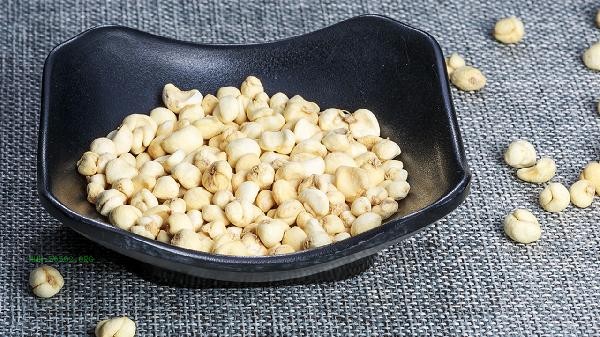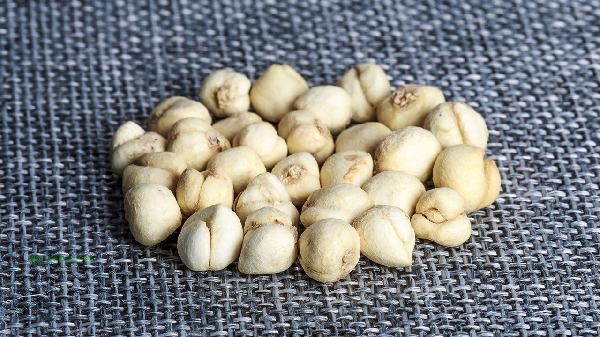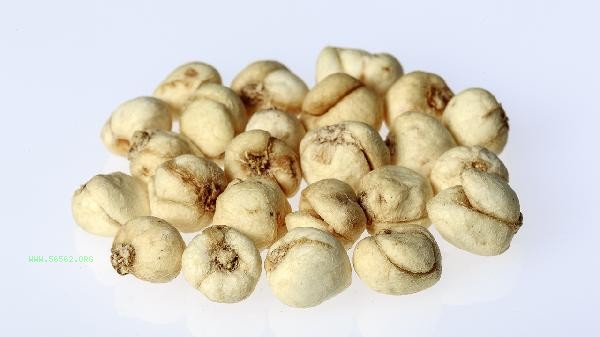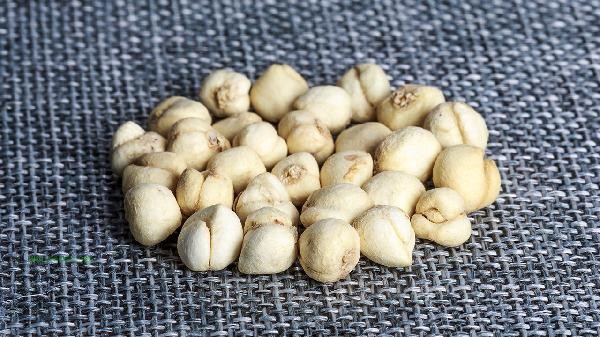Chuanbei and Zhebei are two different traditional Chinese medicinal herbs. Chuanbei is mainly produced in Sichuan, Yunnan and other regions, while Zhebei is mainly produced in Zhejiang, Jiangsu and other regions. There are significant differences between the two in terms of source, efficacy and application.

1. Different sources
Sichuan Fritillaria is the dried bulb of the lily family Fritillaria thunbergii, which is mainly distributed in high altitude areas such as Sichuan, Yunnan, Xizang, etc. Zhebei is a dried bulb of the lily family plant Zhebei, mainly produced in the middle and lower reaches of the Yangtze River in Zhejiang, Jiangsu and other regions. Chuanbei requires a high growth environment and mostly grows in high-altitude mountainous areas, while Zhebei has strong adaptability and can be cultivated in both plain and low mountain areas.
2. characteristics
Sichuan scallop is conical or nearly spherical in shape, with a surface that is almost white. The outer layer of scales has two petals, with a large petal tightly embracing the small petal, and the top is closed. Zhebei is flattened spherical or conical in shape, with a white to light yellow surface. The outer layer consists of two scales and leaves of similar size, which are relatively closed and often cracked at the top. Chuanbei has a hard texture, a white cross-section, and is rich in powder; The texture of Zhejiang scallop is relatively loose, with a white to light yellow cross-section.
3. Differences in Efficacy
Sichuan scallop has a slightly cold nature, a sweet and bitter taste, and belongs to the lung meridian. It has the effects of clearing heat and moistening the lungs, resolving phlegm and stopping cough, and is suitable for symptoms such as lung heat and dry cough, dry cough with less phlegm, yin deficiency and cough. Zhebei is cold in nature, bitter in taste, and belongs to the lung and heart meridians. It has the effects of clearing heat and resolving phlegm, opening up stagnation and dispersing nodules, and is suitable for symptoms such as wind heat cough, phlegm fire cough, and scrofula and phlegm nuclei. Chuanbei tends to moisten the lungs and relieve cough, while Zhebei tends to clear heat and phlegm.

4. Clinical Application
Chuanbei is commonly used to treat chronic cough and dry cough caused by yin deficiency and lung dryness, and is often used in combination with ginseng, Ophiopogon japonicus, and other herbs. Zhebei is commonly used to treat cough caused by wind heat invading the lungs or phlegm heat obstructing the lungs. It is often used in combination with mulberry bark, melon seeds, etc. Chuanbei is also commonly used to treat tuberculosis and cough, while Zhebei is commonly used to treat conditions such as breast abscess and scrofula.
5. Precautions for use
Sichuan scallops are expensive and often used for cough caused by deficiency syndrome; Zhebei has a relatively low price and is mostly used for empirical coughing. People with spleen and stomach deficiency and cold should use Zhejiang scallop with caution, and Sichuan scallop should not be used for wind cold cough. Both should not be used together with Aconitum medicinal herbs. Chuanbeimu has a small poison and should not be used excessively; Zhejiang Fritillaria is non-toxic, but has a cold nature. Long term use may harm the spleen and stomach.

Although both Chuanbei and Zhebei are commonly used cough suppressants and expectorants, their use should be selected according to specific conditions. For daily health care, snow pear stewed with scallop can be used to moisten the lungs and stop coughing. For the treatment of phlegm heat and cough, scallop can be used in combination with other antipyretic and expectorant drugs. Before use, it is recommended to consult a traditional Chinese medicine practitioner and choose the appropriate medication based on physical condition and symptoms. When storing, it should be placed in a cool and dry place, moisture-proof and insect proof. During use, avoid eating spicy and stimulating foods, pay attention to rest, and maintain indoor air circulation.








Comments (0)
Leave a Comment
No comments yet
Be the first to share your thoughts!